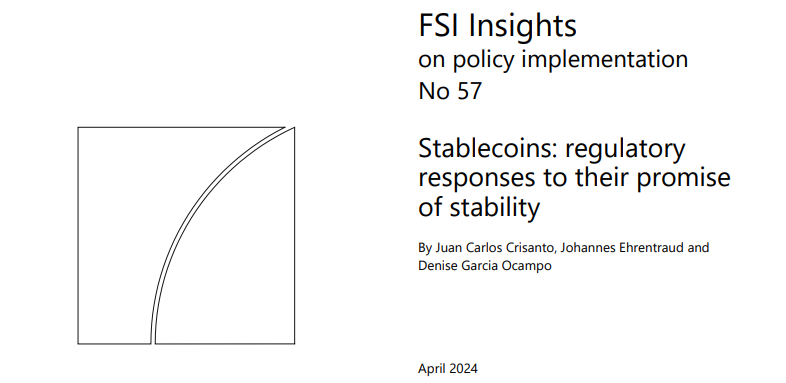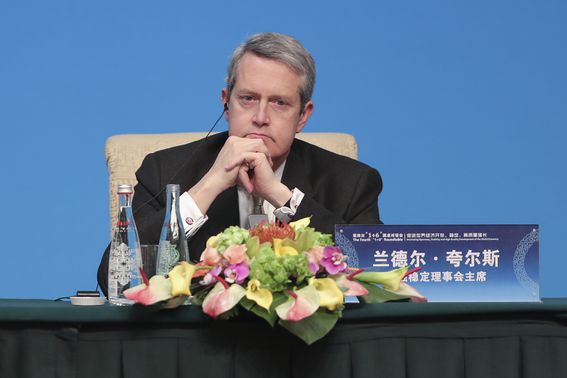In a bid to navigate the complex landscape of stablecoin regulation, the Bank for International Settlements (BIS) has sounded the alarm for urgent global oversight.
The latest report from the BIS underscores the pressing need for a unified regulatory framework to address the significant regulatory fragmentation hindering the widespread adoption of stablecoins.
The survey conducted by BIS across 11 jurisdictions has shed light on the myriad challenges posed by the current patchwork of regulations governing stablecoins.
This fragmentation not only complicates compliance for issuers but also raises concerns about the potential risks posed to the stability of the global monetary system.
Fragmented Regulations Stifle Stablecoin Innovation
One of the key findings of the BIS report is the detrimental impact of regulatory heterogeneity on stablecoin innovation. Disparate regulations across jurisdictions result in uncertainty regarding issuer authorization, reserve requirements, and anti-money laundering measures. This lack of clarity stifles innovation and undermines the potential of stablecoins to revolutionize digital payments.

Furthermore, the classification of stablecoins varies widely from country to country, leading to confusion regarding their legal status and redemption policies. While some jurisdictions treat stablecoins as fiat-pegged assets, others regulate them differently, with some outright banning certain types of stablecoins.
Call For Harmonized Regulation Gains Momentum
Amidst growing concerns over regulatory fragmentation, the BIS report calls for urgent action to harmonize stablecoin regulation on a global scale.
The need for a unified regulatory framework is echoed by international bodies such as the International Monetary Fund and the Financial Stability Board, emphasizing the importance of collaboration among regulators to address the challenges posed by stablecoins.
John Deaton, a prominent pro-crypto attorney, underscores the industry’s support for harmonized regulation, citing concerns raised by Senator Elizabeth Warren regarding the potential security and national security risks associated with stablecoins entering the banking system. Warren’s remarks highlight the urgency of implementing comprehensive regulatory measures to mitigate these risks effectively.
Navigating The Road Ahead: Challenges And OpportunitiesWhile the call for global regulation is gaining momentum, navigating the road ahead poses significant challenges. Variations in reserve management, custodian requirements, audit standards, and liquidity provisions further complicate efforts to harmonize stablecoin regulation.
However, amidst these challenges lie opportunities for collaboration and innovation. Greater consistency in technological and security guidelines offers a foundation upon which regulators can build a unified regulatory framework.
Moreover, further analysis of stablecoins’ interaction with other digital assets, including central bank digital currencies and tokenized funds, is crucial to fully understanding their potential impact on the global monetary system.
Featured image from Pexels, chart from TradingView





